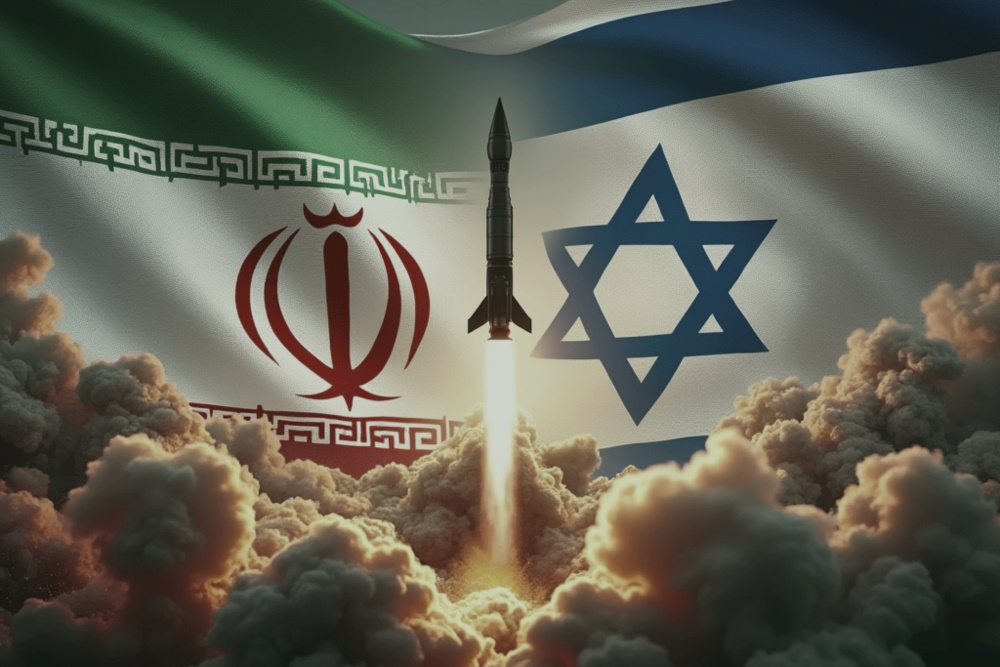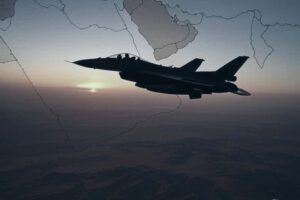
The Gaza war and Israel’s wider conflict with the Iran terror axis reveal the limitations of Tehran’s reliance on proxies.
Iran has long relied on a network of regional allies and militias to threaten Israel while mostly avoiding direct confrontation. Tehran’s ultimate aim was to orchestrate a unified front that places Israel in a difficult military position, increasing the strain on its defense capabilities.
In theory, this would force Israel into a difficult war on multiple fronts, weakening its capacity to fight effectively. But in practice, Iran’s allies proved less reliable than Tehran expected.
On October 7, Hamas launched a surprise assault on Israel, igniting a prolonged war. However, this attack seemed to be carried out without fully coordinating with Iran’s other regional partners.
While Hezbollah soon entered the conflict, its participation has been limited to sporadic rocket and drone attacks on northern Israel. So far, Hezbollah has been unwilling to engage in a full-scale war that would jeopardize its survival and core interests in Lebanon.
Other Iranian-backed groups, such as the Houthis in Yemen and militias in Iraq, also carried out attacks on Israel. But these were minor and lacked the kind of impact that could significantly shift the military dynamics.
Moreover, a massive Israeli airstrike on the port of Hudaydah in Yemen led to an immediate drop in attacks from that front. The assault delivered a major economic blow to the local Houthi militia, paralyzing the port’s operations for months.
After seeing their port devastated, the Houthis reassessed the wisdom of regularly provoking Israel only to suffer grave damage at home. While a few attacks from Yemen followed, their scope and frequency declined sharply.
Gaza terror base destroyed
Ultimately, what Iran likely envisioned as a unified, multi-front war against Israel devolved into a series of loosely related, largely isolated skirmishes. The disjointed nature of the offensive allowed Israel to focus its military resources on Gaza, where the bulk of the fighting took place.
Instead of having to spread its forces across multiple fronts, Israel concentrated most of its airstrikes, ground operations, and intelligence efforts on dismantling Hamas’ military infrastructure.
Notably, documents found in Gaza indicate that Hamas expected the October 7 attack to trigger a full-scale regional conflict. Hamas chief Sinwar apparently believed, or was led to believe, that Hezbollah will immediately join the war.
But as it turned out, the support provided by the Iran axis was limited, leaving Sinwar and his lieutenants isolated and helpless.
By now, the Hamas army and Gaza terror base have been destroyed. This will enable Israel to fight on other fronts with little interruption from Gaza in future conflicts.
In the final analysis, while Iran’s proxies are still armed with advanced weapons systems that pose a significant threat to Israel, the extent of their commitment to Tehran is in question.
The prospect of being drawn into a major conflict with Israel, with no guarantee of direct Iranian support, will likely make Tehran’s allies think twice in the future as well, especially after seeing the fate suffered by Hamas.


